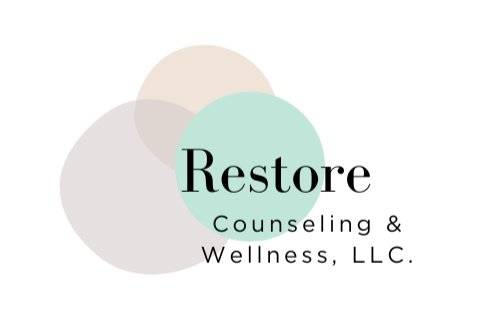Healing Together: How Family Therapy can Strengthen your Bond.
Every family faces challenges. Maybe it’s constant tension at the dinner table, feeling disconnected despite living under the same roof, or navigating a big life change that has shaken your sense of normal. If this sounds familiar, you’re not alone—and your family has what it takes to heal and grow stronger.
Imagine a space where every voice in your family matters—where each person can share their feelings without fear of judgment or blame. This is what family therapy offers: a chance for your family to hit the pause button, slow down, and really listen to one another.
When your family steps into therapy, you’re already taking the first courageous step toward change. Together, you’ll learn new ways to communicate—finding ways to speak that invite understanding instead of conflict. You’ll discover how old patterns that once kept you stuck can start to loosen, making room for connection and trust to grow.
Maybe your family has faced trauma, loss, or a health challenge. These experiences can leave invisible scars that affect everyone differently. Therapy helps you hold those shared wounds gently, giving space to heal together and support each other in ways you might not have before.
Life doesn’t always slow down, and big transitions—like moving, divorce, or welcoming a new family member—can feel overwhelming. But your family can face these changes with resilience, learning tools and strategies that make the journey smoother and less isolating.
Family therapy isn’t about fixing anyone—it’s about empowering each of you to show up for one another with compassion, patience, and understanding. Whether you meet in the comfort of your home virtually or come together in person, therapy adapts to your family’s unique needs and pace.
By choosing family therapy, you’re choosing hope. You’re choosing to grow stronger, not in spite of your challenges, but because you face them together. And in that togetherness, healing happens.

